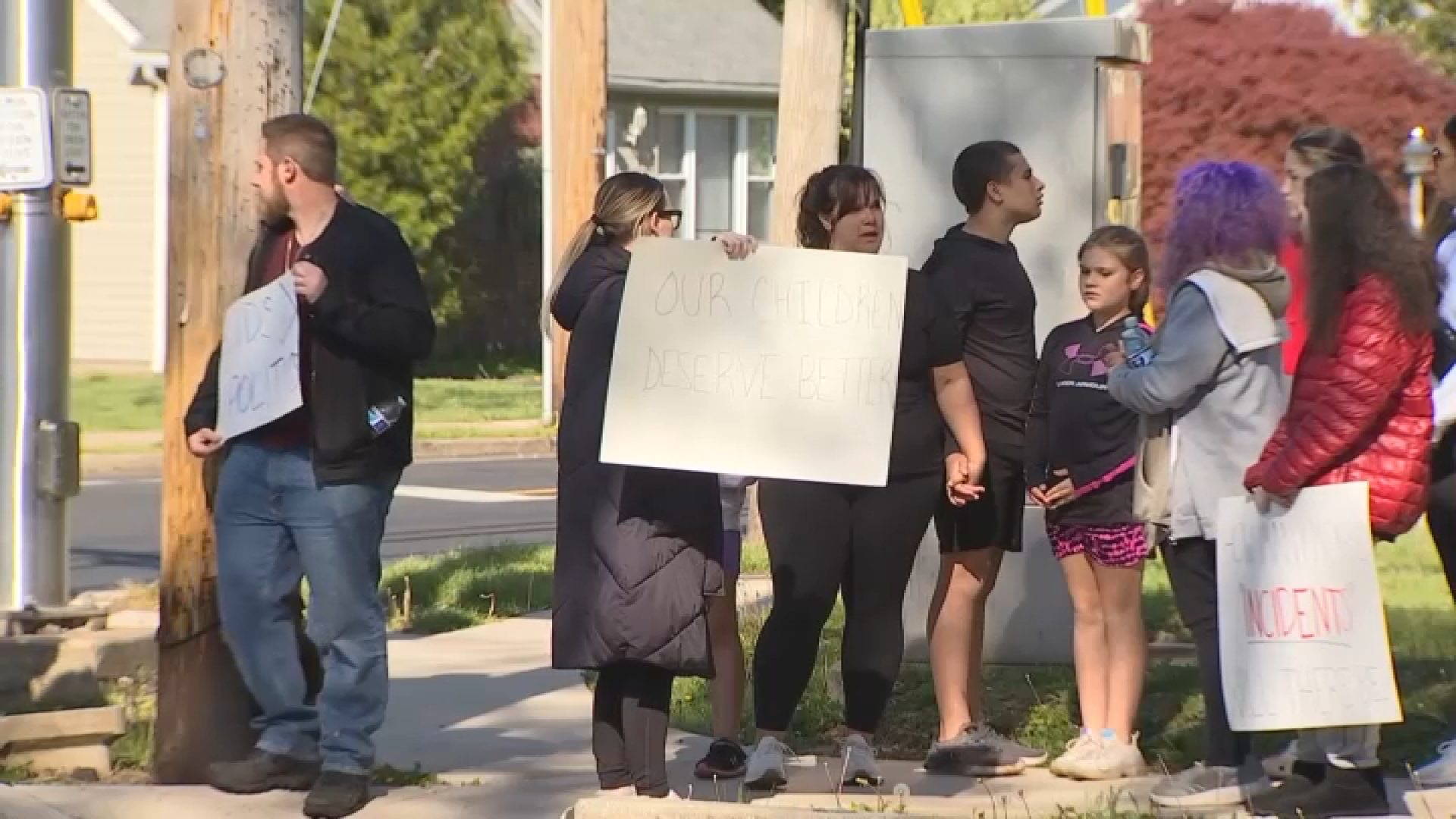Anthony Sneidar Jr. thought he was staring down something out of a horror movie when he arrived at the dark, desolate Northeast Philadelphia field where Amtrak 188 careened off its tracks last May.
"I was greeted by a scene that can best be described as 'Dawn of the Dead': bodies and people and things broken and bleeding and cops and firemen and everybody," Sneidar, a deputy chief with the Philadelphia Fire Department who was among the first on-scene that night, said during an interview after the derailment. "So my thought there was, 'All right, this is crazy.'"
Sneidar’s interview, along with several other documents, was released Monday as part of a National Transportation Safety Board report. His and other first responders’ interviews describe a perilous and devastating scene of organized chaos that unfolded in the hours after the derailment as hundreds of police officers, firefighters, medics and other rescue personnel converged on the derailment site.
[NATL] Dramatic Images: Amtrak Train Derails in Philadelphia
Described in a handful of interviews with first responders included in the latest NTSB report is a daunting, challenging and near-apocalyptic scene that confronted first responders as they rushed to save passengers from the doomed train and locate those who didn’t survive:
Pieces of Amtrak 188 were thrown like Matchbox cars across the field, some gnarled like crushed soda cans. Wires hung precariously from above, posing a major hazard to first responders in the earliest hours after the catastrophe, before they were safely grounded. Uneven, gravelly ground made it difficult for police and fire personnel to walk to where the injured were – much less carry stretchers in and people out to safety. The pitch darkness of night blanketed the desolate field where the New York-bound passenger train had veered off its tracks at more than 100 mph, mercilessly killing eight people and injuring more than 200 others.
And then there were the bodies.
Local
Breaking news and the stories that matter to your neighborhood.
There were so many broken, contorted bodies in the shadowy depths of the train’s destroyed café car, Fire Deputy Chief Craig Murphy said, that it was difficult for rescuers to tell at first how many casualties they had on their hands.
"It was deceiving because at night with limited lighting, it looked like you had three people in the café car and more people underneath the café car, but that obviously wasn’t the case," Murphy explained during his interview with investigators. "You had people halfway in the car and halfway out. They were through the windows. Like the car was laying on its side and they – the lower half of them were in the dirt and the upper half of them were in the café car. You know, so they … you know, they had gone through the windows."
In the hours that stretched out seemingly endlessly for first responders as they meticulously picked through the wreckage, plucking out survivors and sending them by the dozen to area hospitals, police and fire commanders described “organized chaos,” complicated by an early lack of light sources and adequate equipment for heavy rescues.
New Images of Deadly Amtrak Derailment
First responders moved quickly, though, loading the walking wounded onto buses and into police wagons to get them out of harm’s way.
In all, it took about an hour and a half to move all the survivors from the scene of the derailment and to area hospitals, according to the interview of Fire Deputy Commissioner Jeremiah Laster, who oversees the department’s emergency medical services.
"We were able to get everybody off the scene rather quickly because of the massive response of personnel by the police and fire department," Laster said.
Veteran police and fire officials said the derailment was unlike anything they’d seen their whole careers, a scene of devastation and death etched indelibly into their memories.
"I’ve been a police officer for 32 years, and I never saw anything like this,” Police Chief Inspector Joseph Sullivan said. “Tragic as it is the loss of life we had, I’m absolutely amazed that the numbers are not greater than they are."
Sneidar recalled knowing early on that his men and women would need more than just support for physical exhaustion.
"I’m not so much concerned on the blood pressure and the heart rates and all that,” Sneidar said. “I said, ‘Watch the stares.’ I want to make sure they’re mentally OK.
Some of these folks got to see some pretty horrific things."



